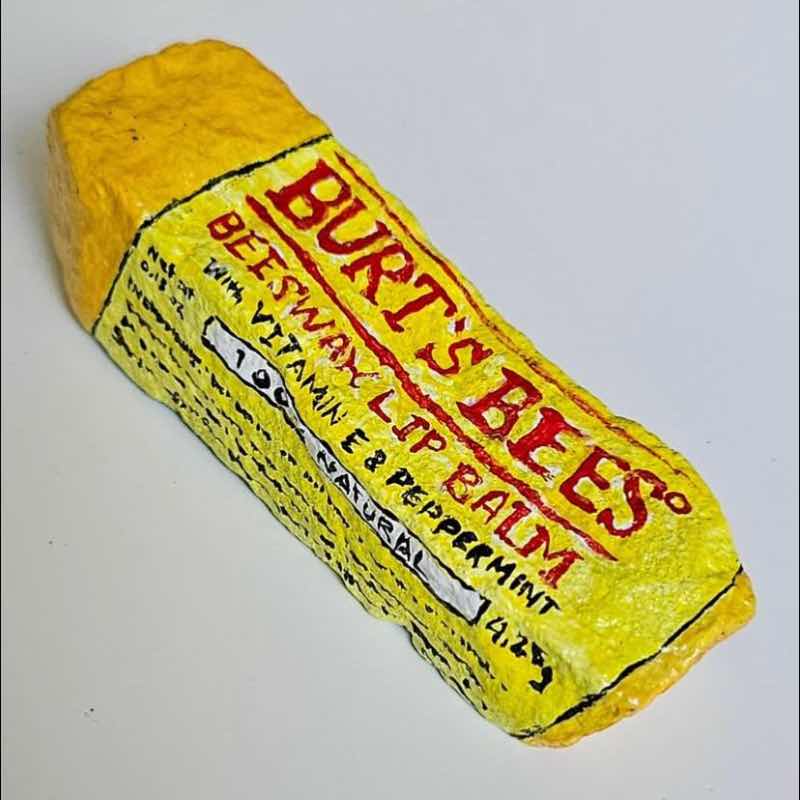Is Contemporary Industrial Architecture Taking Over In Housing?
What Is Industrial Housing?
For those of you who are not quite sure what it means when someone uses the term “industrial architecture,” the term refers to a style of architecture that features, minimal surface decoration, industrial materials, clean lines, flat roofs, jutting edges, and polished surfaces. The style has increased in popularity over the last several decades. Today, the minimal style is embraced by those who choose to live life in busy industrial centers and away from suburban communities. For many, the style’s tendency to use greener materials and modern designs are its many attractors. Because of these reasons and many more, Industrial Architecture is “in” and in a big way.
Industrial Design Is Good For Communities
With the decline in manufacturing, cities and urban areas are ripe with opportunities for new development. Using existing industrial infrastructures, many imaginative architects have been able to transform and preserve the existing industrials spaces. Once an area’s industrial buildings and spaces of old have been transformed into new housing, businesses, and other rich spaces, the community is given a new life. What was once a blighted area with abandoned manufacturing spaces can now be turned into sites that benefit and regenerate the community. This urban revitalization is becoming more and more common in cities everywhere.
Industrials spaces can easily be converted into cost-effective residential housing. Leaving exposed I-beams, ventilation, pipes, bricks, and concrete is less costly than covering the features with drywall. The utilitarian and minimal look is attractive in its own way and is especially popular with a younger generation.
Features And Innovation In Industrial Design
Open Spaces – Industrial architecture and design are increasing in popularity in private residential homes. Industrial spaces are sought after for their open interiors, high ceilings, and access to natural light. Skylights and large windows provide the interiors with abundant light as the high ceilings and open rooms further push the style’s expansive nature. Often, industrial interiors have fewer walls. The large, open rooms allow inhabitants to more flexibly, creatively, and effectively use the space.
Dividers – Large industrial spaces are able to be easily portioned into smaller areas with the use of dividers. The simple, cost-effective solution reduces the expense of a costly remodel and allows a large space to accommodate multiple functions. The use of dividers or movable walls allows the home to organically accommodate the growing and changing needs of the residents who live within its walls.
Garage Doors – Large industrial doors and garage doors can be easily integrated features within an industrial design. Large automatic doors open up the interior of a home and allow it to extend into an outer space. Indoor/ outdoor living areas are popular features of homes with industrial, minimal, and modern designs.
Green Housing – One industrial architectures most apparent benefits is its reduction in waste and easy conversion to green housing. Many of the industrial spaces used for the basis of these homes are located in urban centers and offer great walk-ability, public transportation, or bike access. Additionally, many of the building materials used in the development are recycled or up-cycled from the previous space, making this one of the greenest architectural styles.
Not Just For the City Any More
Industrial architecture is one of the most popular residential styles in the cities throughout the world. However, the style has become so popular that it is infiltrating other interior design as well as residential suburban architecture.
If you’re interested in living in space with a distinctive industrial style, but do not like city life, then you still may be able to find your perfect industrial style loft in a less urban space. Many buildings and homes in smaller towns and suburbs boast industrial style spaces. These spaces are often old factories and manufacturing plants. However, the historic charm can add to the beauty of the home’s interior. However, industrial style spaces in smaller cities, towns, and suburbs do need to take care that their space remains anchored in the character of the region where it is located.

Source: rjgaragedoors.com.au


















Got wisdom to pour?